Kim jesteśmy w czasie?
Wer sind wir in der Zeit?
Who Are We In Time?
Wystawa poplenerowa studentów i wykładowców Uniwersytetu Artystycznego im. Magdaleny Abakanowicz w Poznaniu, Wydział Animacji i Intermediów, Katedra Intermediów i Katedra Filmu Eksperymentalnego | Ausstellung als Ergebnis eines Studienaufenthaltes von Student:innen und Dozent:innen der Magdalena Abakanowicz Universität der Künste in Poznań, Abteilung für Animation und Intermedia, Lehrstuhl für Intermedia und Lehrstuhl für Experimentalfilm | Post-workshop exhibition by students and lecturers at the Magdalena Abakanowicz University of the Arts in Poznań, Department of Animation and Intermedia, Chair of Intermedia and Chair of Experimental Film
Kuratorzy | Kuratoren | curators: Cezary Hładki, Krzysztof Łukomski
artyści | Künstler:innen | artists: Iga Brzozowska (2001), Angelika Grewling (2004), Cezary Hładki (1972), Natalia Olimpia Jakubska (2002), Krzysztof Łukomski (1980), Sofya Maroz (2005), Julia Mendyk (2005), Kaja Miłek (2004), Zuzanna Sakowicz (2002), Wiktoria Sobota (2000), Ewa Topolska (2006), Marek Zieliński (1999)
współpraca muzyczna | musikalische Zusammenarbeit | musical collaboration: Wolfram Spyra (1964)
„Alles hat seine Zeit” (wszystko ma swój czas) to popularne powiedzenie w języku niemieckim, które świetnie wprowadza w koncepcję Zeitgeist (duch czasów) oraz dwóch greckich terminów: kairos i chronos, odpowiadających – w pierwszym przypadku – momentom spontanicznego podejmowania decyzji, oraz – w drugim – płynięciu czasu przez wieki (i pewne tradycje kulturowe). W kwietniu 2025 r. nasz zespół pracował na granicy niemiecko-polskiej (we Frankfurcie nad Odrą, Słubicach i na terenach zwanych niegdyś Nową Ameryką), próbując sformułować własne odpowiedzi na pytania o rozumienie pojęcia czasu. Niektóre dotyczą jego liczenia, inne sięgają po wymiar fotograficzny związanych z ekspozycją obrazu, jeszcze inne odwołują się do autorskich narracji na temat czasu zrealizowanych w konkretnych warunkach i specjalnie znalezionych dla nich pejzażach lub abstrahują pojęcia spędzania czasu i ducha czasów. Sumą tego zbioru jest multisensoryczna instalacja audiowizualna, którą mamy przyjemność zaprezentować na tegorocznej edycji festiwalu. Kim jesteś(my) w (tym) czasie i jaką rolę ma sztuka nam współczesna, czy buduje komunikację między artystami a publiczności? Czy jest narzędziem zmiany społecznej lub kulturowej i czy prowadzi do refleksji, które mogą być przedmiotem wspólnej rozmowy?
Krzysztof Łukomski
Alles hat seine Zeit“ ist ein bekanntes deutsches Sprichwort, das das Konzept des Zeitgeistes und die beiden griechischen Begriffe Kairos und Chronos, die im ersten Fall Momente spontaner Entscheidungen und im zweiten Fall den Fluss der Zeit durch die Jahrhunderte (und bestimmte kulturelle Traditionen) bezeichnen, perfekt zusammenfasst. Im April 2025 arbeitete unser Team an der deutsch-polnischen Grenze (in Frankfurt (Oder), Słubice und dem Gebiet, das einst als Neuamerika bekannt war) und versuchte, unsere eigenen Antworten auf Fragen zum Verständnis des Zeitbegriffs zu formulieren. Einige beschäftigen sich mit dem Zählen der Zeit, andere mit der fotografischen Dimension, die mit der Belichtung des Bildes verbunden ist, wieder andere beziehen sich auf individuelle Erzählungen über die Zeit, die sie unter spezifischen Bedingungen und in eigens für sie gefundenen Landschaften realisiert haben, oder sie abstrahieren den Begriff des Verweilens und den Geist der Zeit. Die Summe dieser Sammlung ist eine multisensorische audiovisuelle Installation, die wir auf dem diesjährigen Festival präsentieren möchten. Wer bist Du (wir) in (dieser) der Zeit und welche Rolle spielt die Kunst für uns heute? Schafft sie Kommunikation zwischen Künstlern und Publikum? Ist sie ein Instrument für den sozialen oder kulturellen Wandel und führt sie zu Überlegungen, die Gegenstand eines gemeinsamen Gesprächs sein können?
Krzysztof Łukomski
“Alles hat seine Zeit” (there is a time for everything) is a popular German saying which perfectly introduces the concept of Zeitgeist (spirit of the time) and two Greek notions: kairos and chronos, corresponding, respectively, to the moments of spontaneous decision-making and to the passage of time through the ages (and certain cultural traditions). In April 2025, our team worked on the German-Polish border (in Frankfurt/ Oder, Słubice and the area that was once called New America), trying to formulate our own answers to questions about understanding the concept of time. Some of these answers are concerned with its counting, others reach for the photographic dimension associated with image exposure or refer to the personal narratives on the topic of time shot in specific, searched-for conditions and landscapes, whereas still other abstract the notions of spending time and the spirit of the time. The synthesis of this collection is the multisensory audiovisual installation that we are pleased to present at this year’s festival. Who are you/we at (this) time and what is the role of contemporary art? Does it help to build communication between artists and their audiences? Is it a tool for social or cultural changes? Does it lead to reflections that can be the subject of a conversation in which we all can participate?
Krzysztof Łukomski
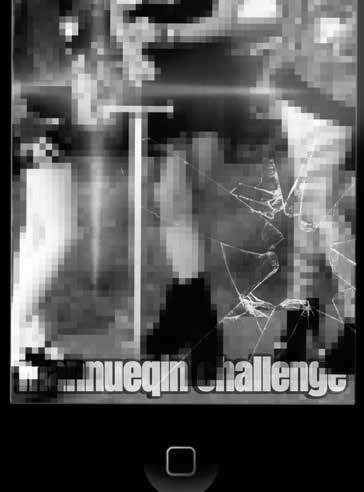
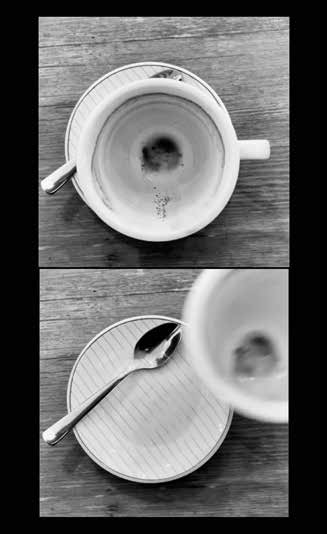
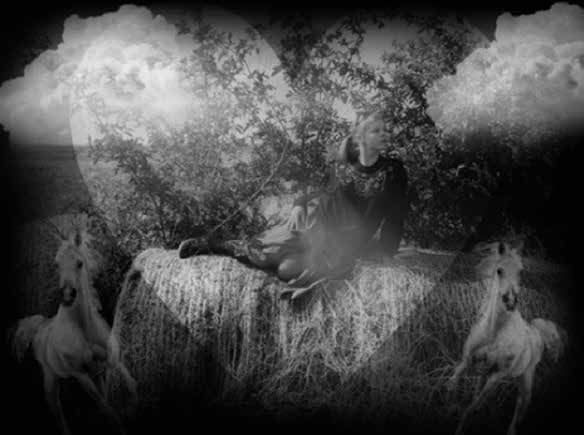
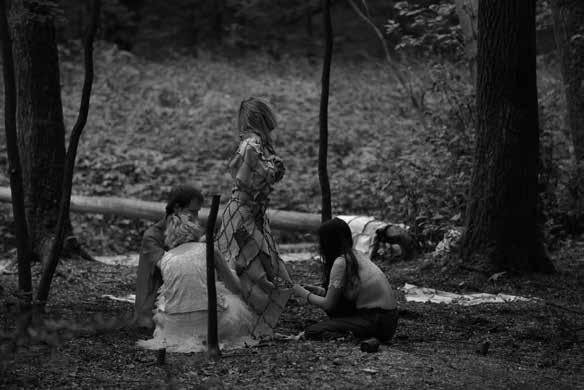
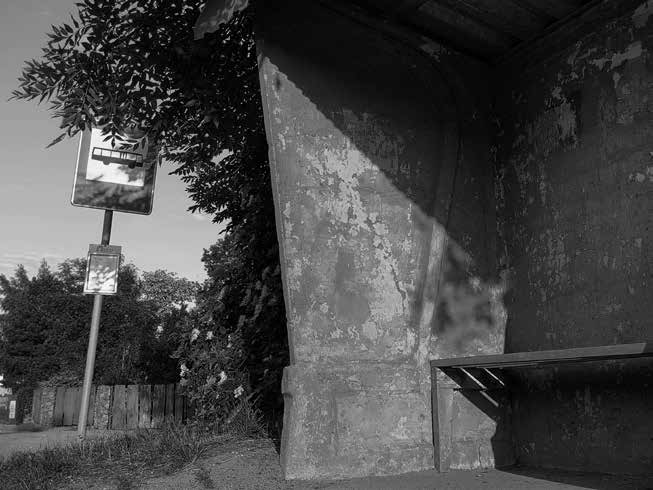
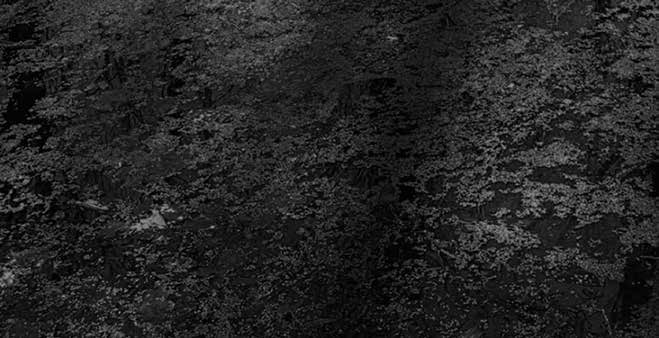
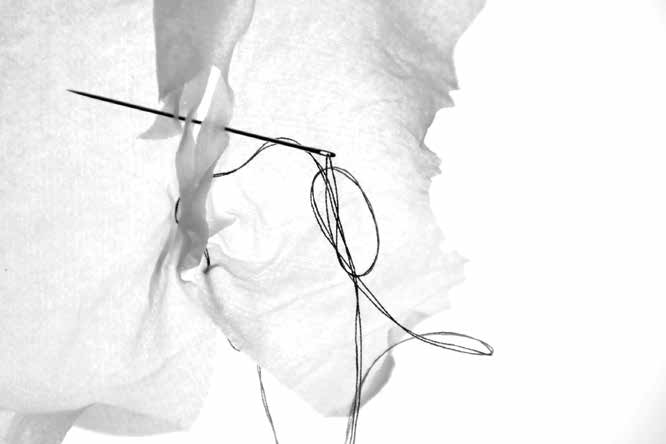
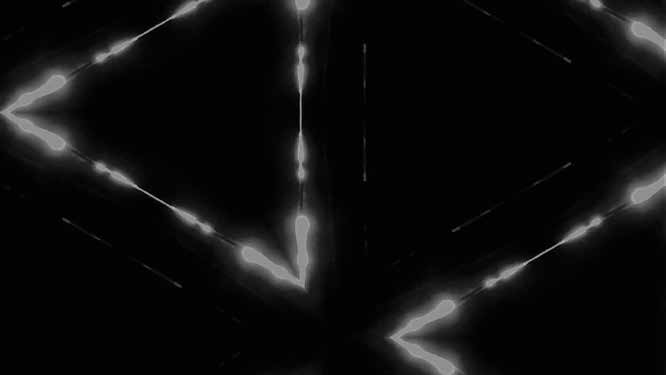
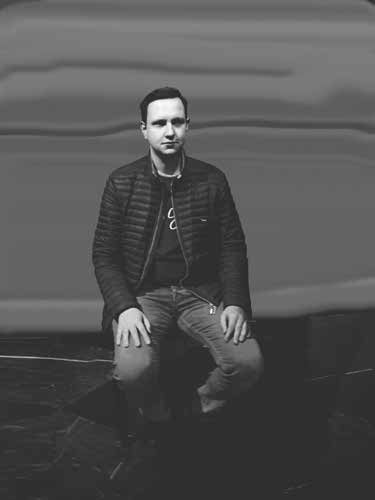
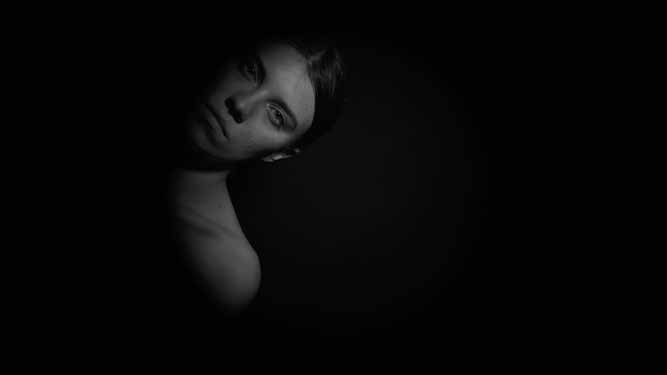
Przy wsparciu | Mit freundlicher Unterstützung | supported by
